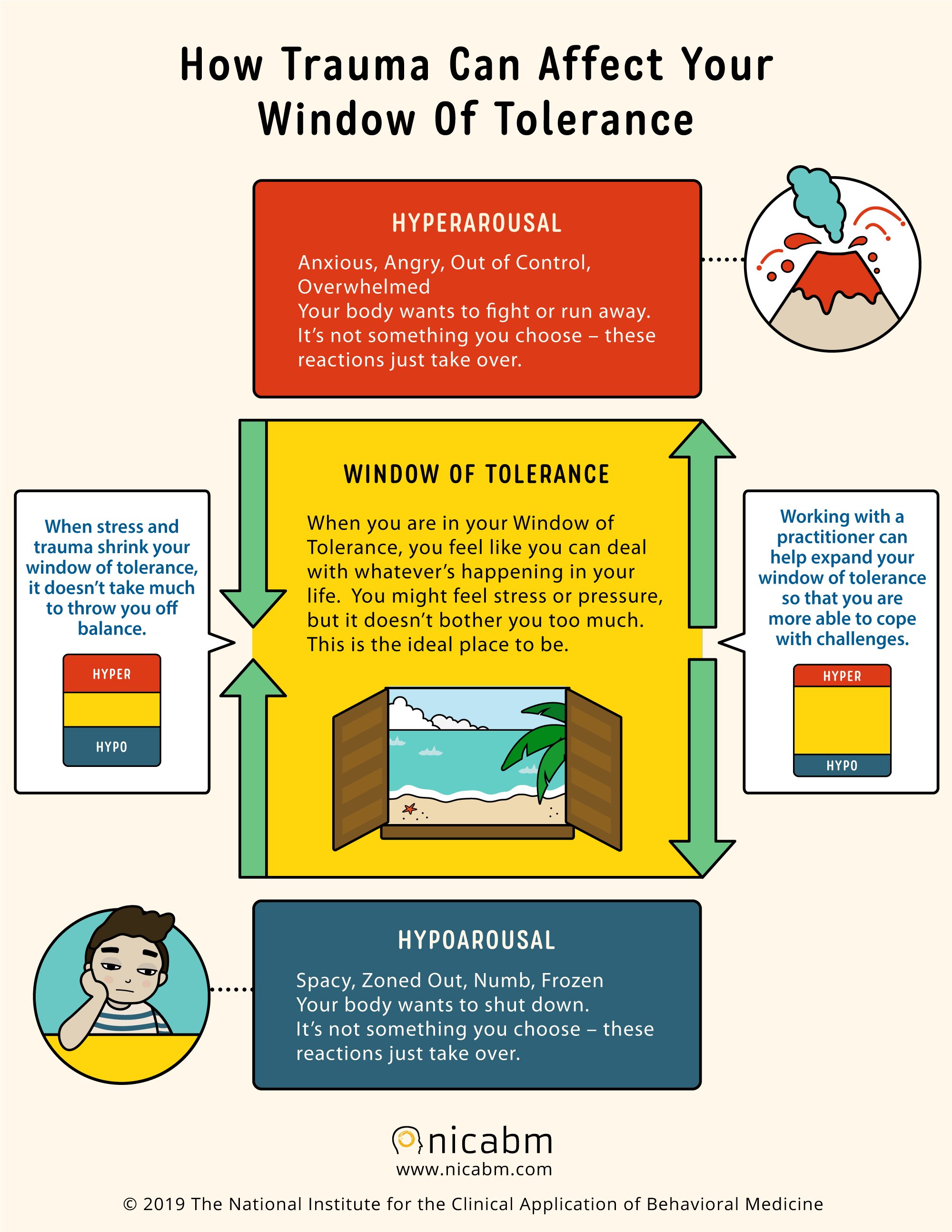Why Some Kids Go from 0 to 100: Understanding The Window of Tolerance
What does it mean to be pushed out of your window of tolerance?
What is this common phrase we therapists often refer to?
The window of tolerance is essentially the range within which we can manage our emotions, thoughts, and bodily responses without becoming overwhelmed. It’s the space where we feel in control, even when things are difficult. For children who have experienced developmental trauma, this window is often much smaller. As a result, what might seem like a minor stressor to others can easily push them into a state of dysregulation.
Developmental trauma refers to repeated, early experiences of threat that overwhelm the nervous system - so much so that it rarely has a chance to recover. The child’s system learns to live in a heightened state of survival, often flipping rapidly from calm to fight-or-flight. And when that doesn’t work, they may drop into freeze (a state of shutdown or dissociation).
In practical terms, you might imagine the window of tolerance like a thermometer. When we’re in the green zone, our temperature is just right (we can cope, think clearly, and stay connected). As stress builds, we move into the orange zone, where things feel edgy or unsettled. If this continues unchecked, we can reach the red zone - where we "explode," panic, or lash out. And when even that becomes too much, the body might react by "shutting down," as if throwing itself into a bucket of ice to survive. This is the freeze response - playing dead, dissociating, or going numb when no other options feel available.
So, how do we expand the window of tolerance?
How do we help a child stay in their green zone more of the time?
It often starts with repeated positive experiences. When a child is gently nudged toward the edges of their window, and then supported in returning to safety - again and again - they begin to learn: “This feeling is ok,” and more importantly, “I’m not alone in it.” This process builds new neural pathways, slowly stretching the window wider. But gentle is the key word here. If the experience is too intense, the child is pushed out of their window again, reinforcing fear and mistrust.
Recognising a child’s “orange zone” signals - subtle shifts before full dysregulation - can be crucial in preventing escalation. In the early days, however, those signals might be missing altogether. Some children seem to leap from green to red in a millisecond. That’s why time, patience, and consistency are essential.
With careful, attuned support - whether through play therapy, DDP, or in daily relational moments - children can begin to notice their internal states. They start to develop the language and awareness to name what’s happening, and over time, they can learn to regulate. Healing doesn’t happen all at once, but over time, the window can widen, and with it, the child’s capacity to feel safe, connected, and in control grows too.
Download PDF here


